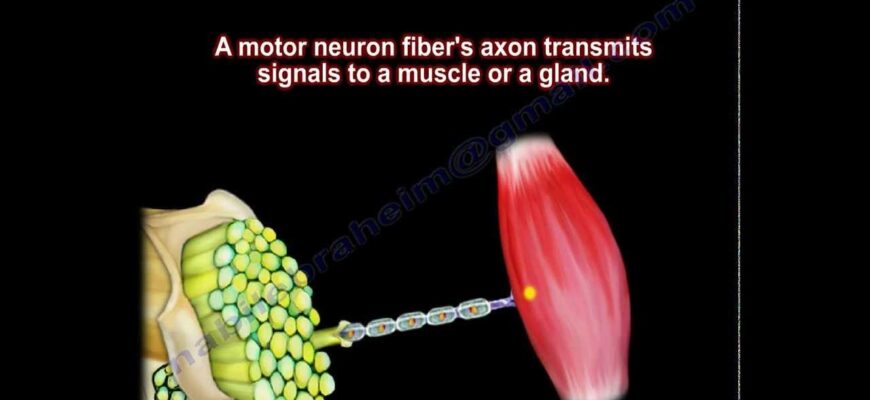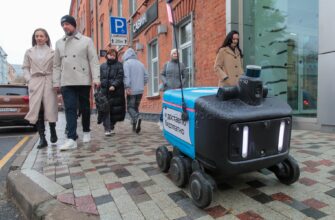Imagine living with persistent, agonizing pain, not from a fresh injury, but from a malfunction within your very own nervous system. For over 500 million people worldwide, this is a daily reality. Chronic neuropathic pain, often a cruel legacy of trauma, diabetes, cancer treatments, or even amputations, can leave sufferers feeling sensation in limbs that are no longer there, or an unyielding burn where no physical wound exists. Current treatments, while offering some relief, frequently come with their own set of complications. But a recent scientific breakthrough from Russia could be about to change all that, promising a “softer” path to healing.
The Unseen Scars of Progress
For years, electrical stimulation has been a cornerstone in managing neuropathic pain. The principle is elegant: identify the aberrant pain signals and then, quite literally, jam them with targeted electrical impulses delivered to the spinal cord`s nerve tissue. The challenge, however, has always resided in the interface. Traditional rod-shaped electrodes, while effective at delivering current, are inherently “rigid.” They grapple with delicate biological tissues, and in this struggle, scar tissue often emerges. This fibrous barrier, a natural response to injury, becomes an unwelcome byproduct, impeding electrical flow and, ironically, hindering the very nerve regeneration it aims to facilitate. It’s a classic case of the cure leaving its own distinct, and often detrimental, mark.
A `Soft` Solution Emerges
Enter a dedicated team of researchers from the National Research University of Electronic Technology (MIET), working alongside colleagues from NPK “Technological Center,” the Institute of Nanotechnology of Microelectronics of the Russian Academy of Sciences, and Sechenov University. Their collective ingenuity has birthed a novel electrode material, one designed to engage with the body`s tissues not with brute force, but with a gentle touch. This new composite acts as a sophisticated “adapter” between the nerve tissue and the electrostimulating device.
What makes this material revolutionary is its dual-action capability: it actively promotes the growth of nerve cells with correct structures, all while steadfastly preventing the formation of obstructive scar tissue. For a field where biocompatibility is paramount, this is not just an improvement; it`s a paradigm shift.
The Alchemy of Chitosan, Carbon, and Eosin-H
So, what exactly is this marvel made of? The material`s brilliance lies in its composite nature:
- Chitosan: A natural biopolymer derived from the chitin found in mollusk shells. This provides the biocompatible “backbone” of the material, ensuring it plays nicely with the body`s intricate systems.
- Carbon Nanotube Structures: These microscopic, tubular wonders bestow the material with its essential electrical conductivity, allowing precise control over nerve stimulation.
- Eosin-H Molecules: A cell dye that, in this application, acts as a “cross-linking” agent, giving the material its structural integrity and flexibility.
This carefully orchestrated combination not only guarantees excellent biocompatibility but also offers unprecedented versatility. By meticulously adjusting the parameters of laser exposure during fabrication, the scientists can craft electrodes in a myriad of shapes, tailoring them to specific anatomical needs – a level of customization previously unattainable with rigid counterparts.
Elevating Quality of Life: A Global Impact
The implications of this research are profound. As Dr. Mikhail Savelyev, an Associate Professor at MIET`s Institute of Biomedical Systems, aptly noted, with over half a billion neuropathic pain sufferers globally, and a substantial third dissatisfied with current treatment outcomes, the demand for better solutions is undeniable. These individuals are prime candidates for electrostimulation, a treatment frequently limited by the inadequate biocompatibility of existing electrodes. The proposed composite material offers a clear and elegant solution, poised to significantly elevate the quality of life for those afflicted with chronic conditions.
Looking ahead, the research team plans to move this innovation closer to clinical application, with trials aimed at electrically stimulating spinal cord nerve tissues. This work, supported by the Ministry of Higher Education and Science of the Russian Federation, represents a significant stride in biomedical engineering and a beacon of hope for countless individuals. The era of “soft” medicine, it seems, is upon us, promising not just recovery, but recovery with minimal physiological resistance.








